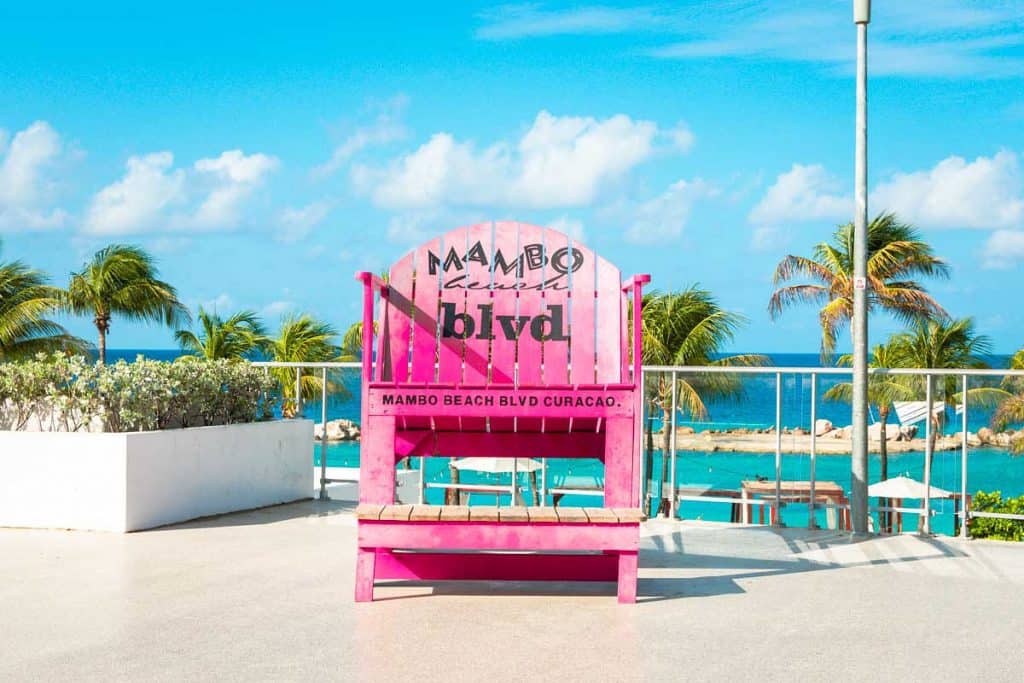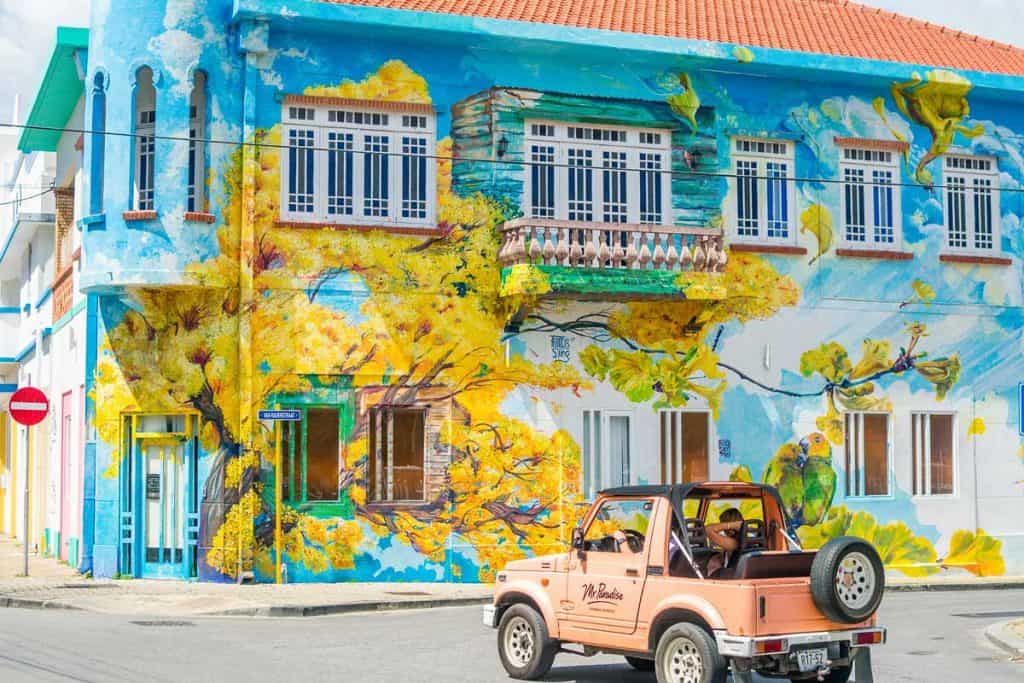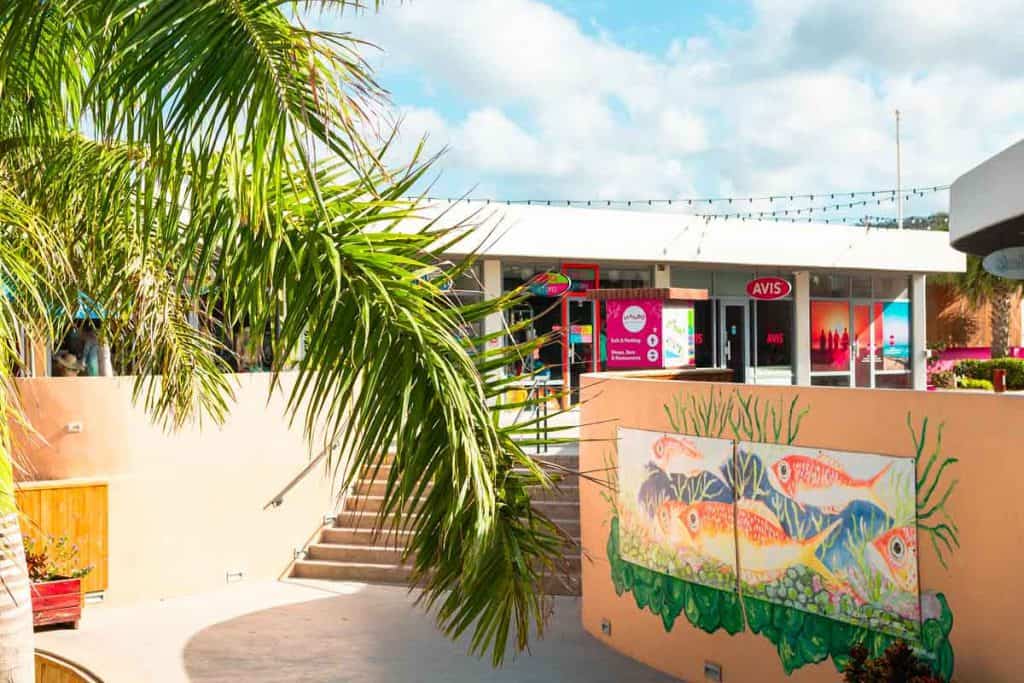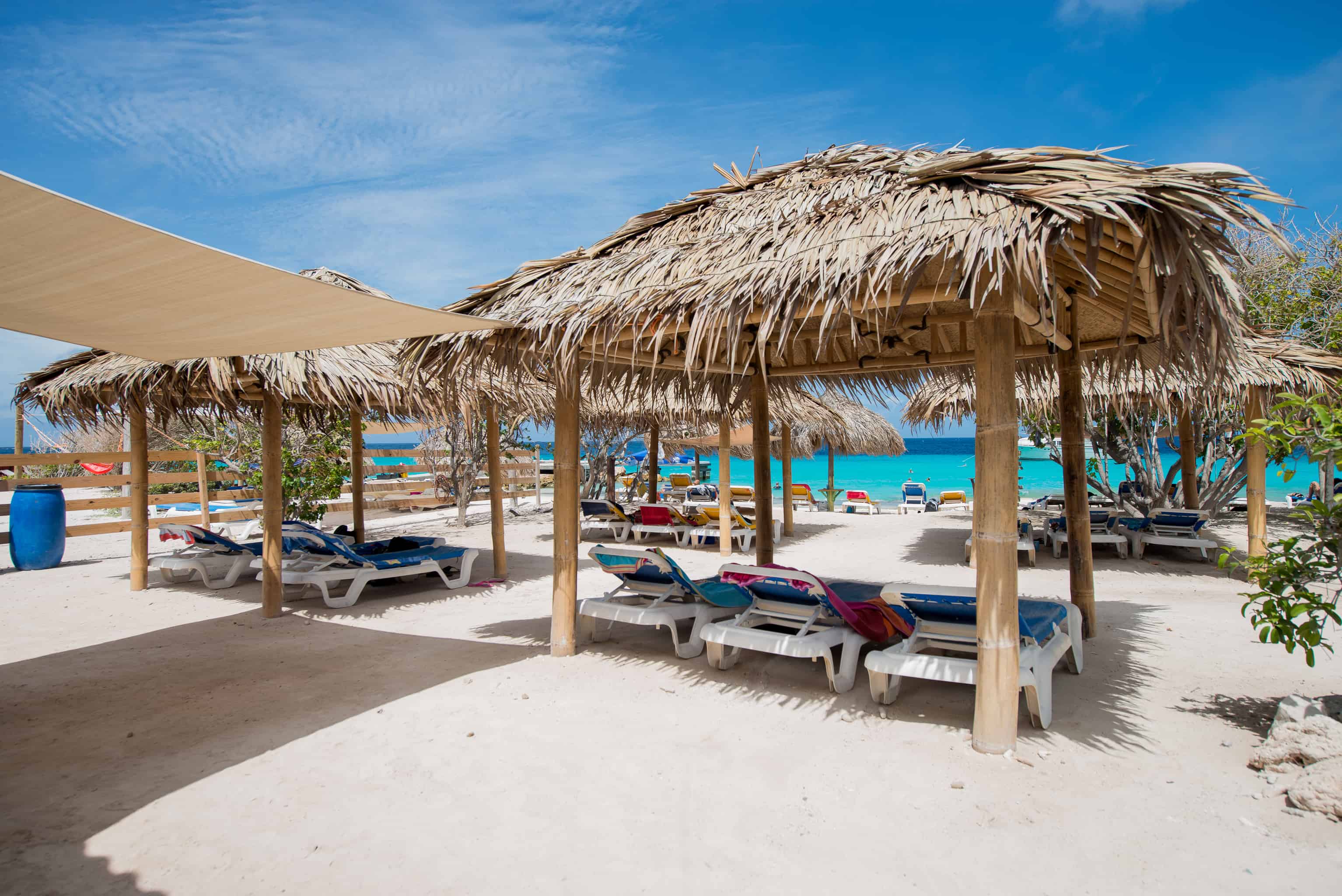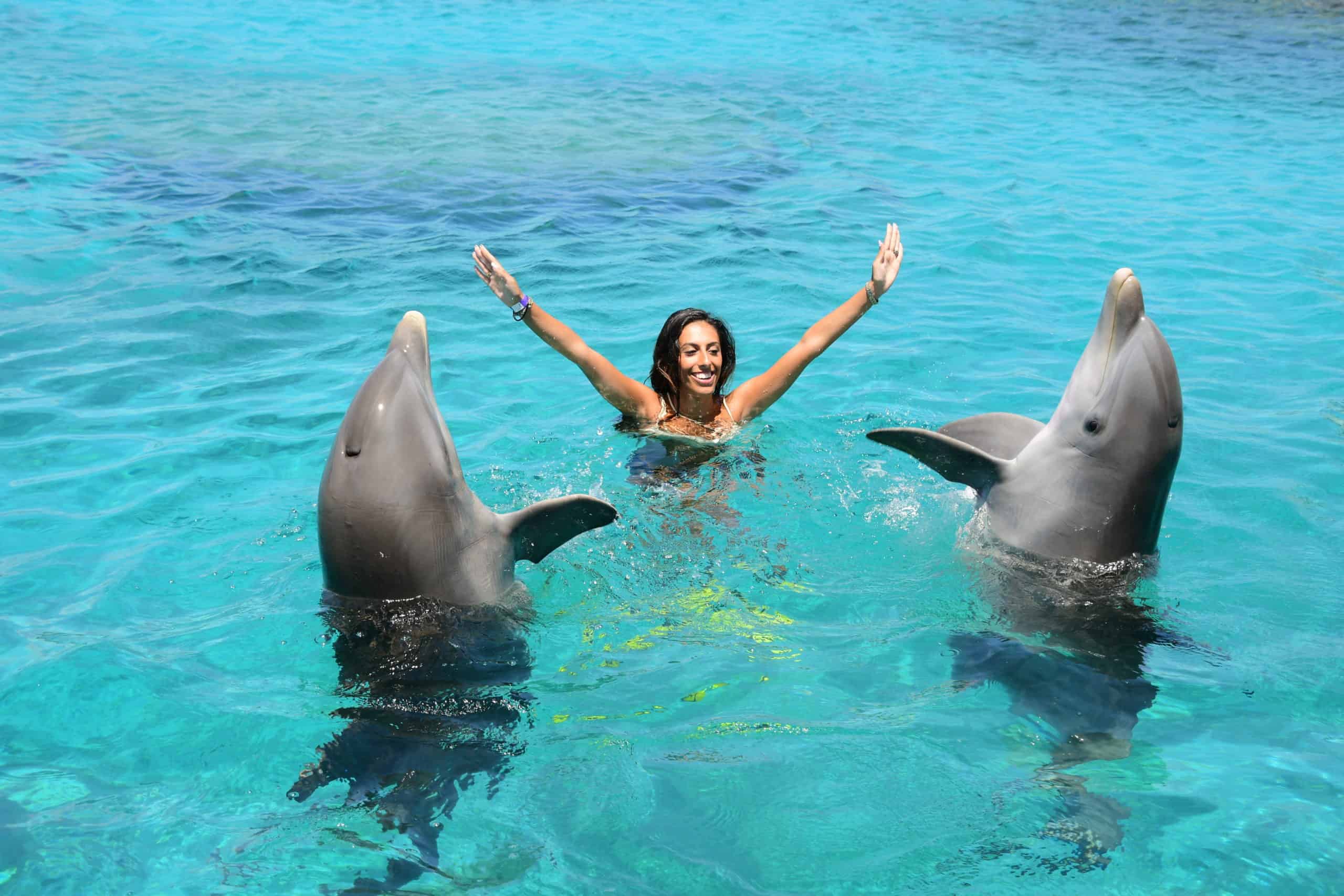Curaçao tends to be a little different than what people are used to expecting from an island. Being that we are part of the Dutch Kingdom, but culturally infused by Latin America, things tend to work differently here. There’s also the fact that as an island just in the lower part of the Caribbean Sea, the weather is different than islands like the Bahamas and Jamaica. No worries though, here you will find all the Curaçao information needed to make your holiday a pleasant one.
Coming to Curaçao
By Land or Sea
There are direct flights from North America, South America, and Europe. You can also get into Curaçao by sea with a cruise or yacht. Before arriving, you do have to fill in an Embarkation-Disembarkation (ED) Card to present at customs. This can be filled out online as well.
Best Time to Visit
Curaçao has all-around good weather, so every season of the years is a good time to come. There are a few things to keep in mind though. September tends to be the hottest month on the island and from October to January you have the rainy season. The rainy season is much milder than other tropical islands and it’s actually a beautiful period of time to visit the island. The air is crisp and the scenery green. While you may get a few rainy days, it never lasts long and rarely causes trouble. Depending on what type of holiday you’re looking to have, you may want to plan your visit around an event. You can find here a list of the most important events.
Getting Around
Car Rental
A common Curaçao information requested is whether renting a car is necessary. The best way to experience the island is by renting a car and driving around. On Curaçao, we have Dutch laws and (mostly) drive according to the Dutch system. This is also similar to the US driving style, with a few exceptions. The island is small and driving around is easy. There are many car rentals out there from the internationally known ones to smaller local companies. Whichever you choose just make sure to do good research first. You can either use Google Maps app (download the map to view offline) or Maps.me app to drive around without using mobile data. Both are quite accurate. Since both apps are pretty new to the island it’s advisable to have both downloaded, so when one doesn’t know the address, the other may find it.
Taxis and Public Transportation
While cars are the preferred method of transportation on the island, it’s not the only option. On Curaçao, we have taxis and two types of public transportation. Like in most countries, taxis tend to be the more expensive transportation option. They are however widely available on the island and while they do not run on metered fares, they do have a government-regulated standard fee. Always ask the price in advance. Please note that we don’t have ride-sharing apps like Uber or Lyft so you mostly have to call the taxis directly.
The cheapest transportation option is the buses. You have the large buses (‘Konvoi’) that operate on a pre-determined route and small vans (‘Bùs’) that have an unscheduled and no pre-determined route. The large buses will take stop at mostly the main roads while the small vans drive through suburban areas and can drop you right in from of your hotel or apartment. That’s why they are often more expensive than vans but more convenient to use.
Best Areas to Stay
The best area to stay highly depends on your own needs. Since activities are often spread out, every neighborhood has its own characteristics.
- Punda, Otrobanda, Pietermaai & Scarloo (Downtown Area/Historic Centrum): Best for sightseeing
- Bapor Kibra/Mambo & Jan Thiel: Best for nightlife and restaurants
- Piscadera: Best for medium to high-class hotels and apartments
- Banda Abou: Best for relaxation and beaches




